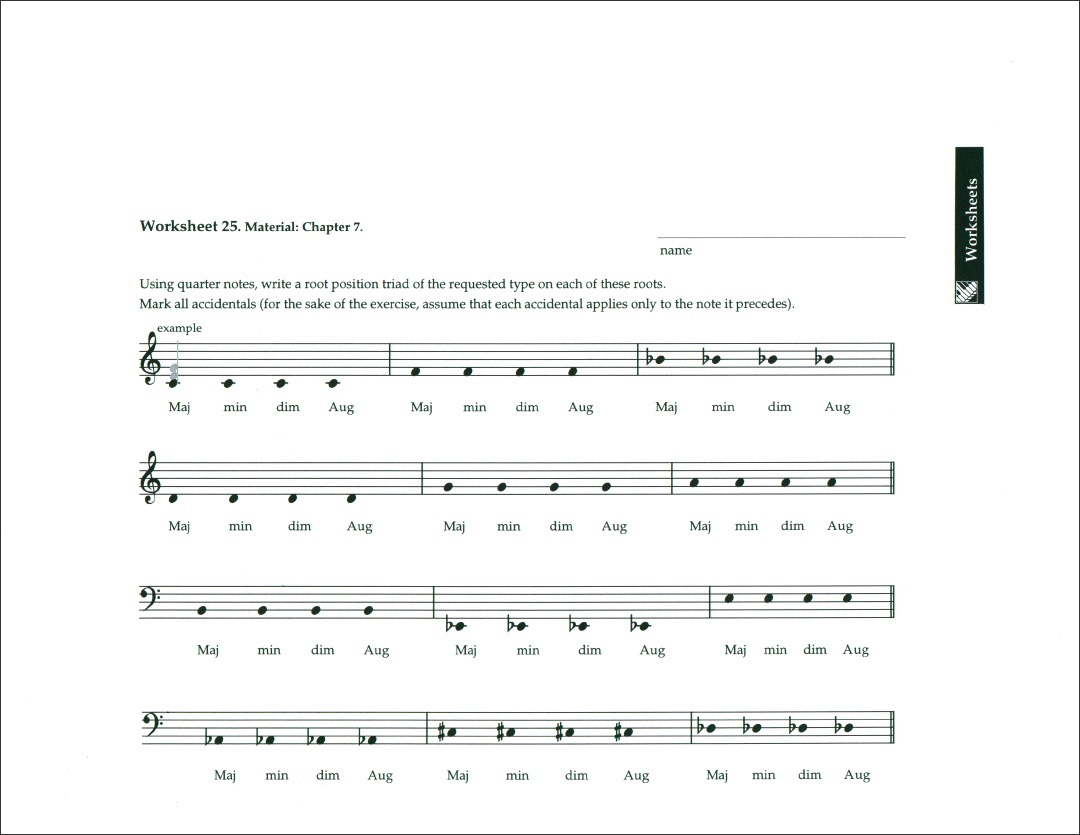


Who should review such a book? Aside from the fact that most of the usual English-language suspects participated in writing the volume, there is the Music Analysis, 24/i±ii (2005) The result is an extraordinarily rich and varied collection of more than a thousand pages: by any standard it is a milestone in English-language musicology. And since, over time, individual expertise has been increasingly channelled into circumscribed areas, Christensen has wisely decided to assign individual chapters to thirty-one specialists (twenty-six of whom teach in the United States or Canada, four in Great Britain and one in The Netherlands). Given the present degree of specialisation in the field no single person could write a consistently authoritative account of this history. Christensen's volume, however, like Riemann's (though without its prejudices) presumes to encompass Western music theory's entire history within a single cover. There are also a number of specialised studies in the discipline, many in English. In addition, a fifteen-volume history of theory in Germany edited by Frieder Zaminer is now underway, with individual volumes devoted to particular periods, genres, geographical areas, specialised topics and critical assessments of the discipline.3 Conceived on a scale altogether different from Christensen's, it awaits completion. There are precedents for such a history, above all Hugo Riemann's Geschichte der Musiktheorie, published in 1898.2 But Riemann's history begins rather late (with the ninth century), and by current standards presents an inordinately personal and biased view of its topic, designed to give the impression that Western musical thought evolved inexorably toward, and found its culmination in, the author's own work. As an example, Christensen cites three treatises ± by Thomas Campion, Rene Descartes and Robert Fludd ± written and published contemporaneously in the early seventeenth century, which he characterises respectively as `a practical guide for the novice composer', `a classic text of musical canonics' (defining and measuring intervals) and a neo-Platonic `paean to the harmonic cosmos' (p. 1).1 Publications universally acknowledged as belonging to the discipline therefore may seem to have little to do with one another. In his introduction, Thomas Christensen reminds us of Carl Dahlhaus's admonition that theory `is a subject that notoriously resists its own history', not least because its `subject matter has shifted so dramatically over time' (p. How does one go about putting together a history of Western music theory? On the evidence of The Cambridge History of Music Theory, billed as `the first comprehensive history of theory to be published in the English language', today one does it with soul searching and a measure of self-consciousness.


 0 kommentar(er)
0 kommentar(er)
